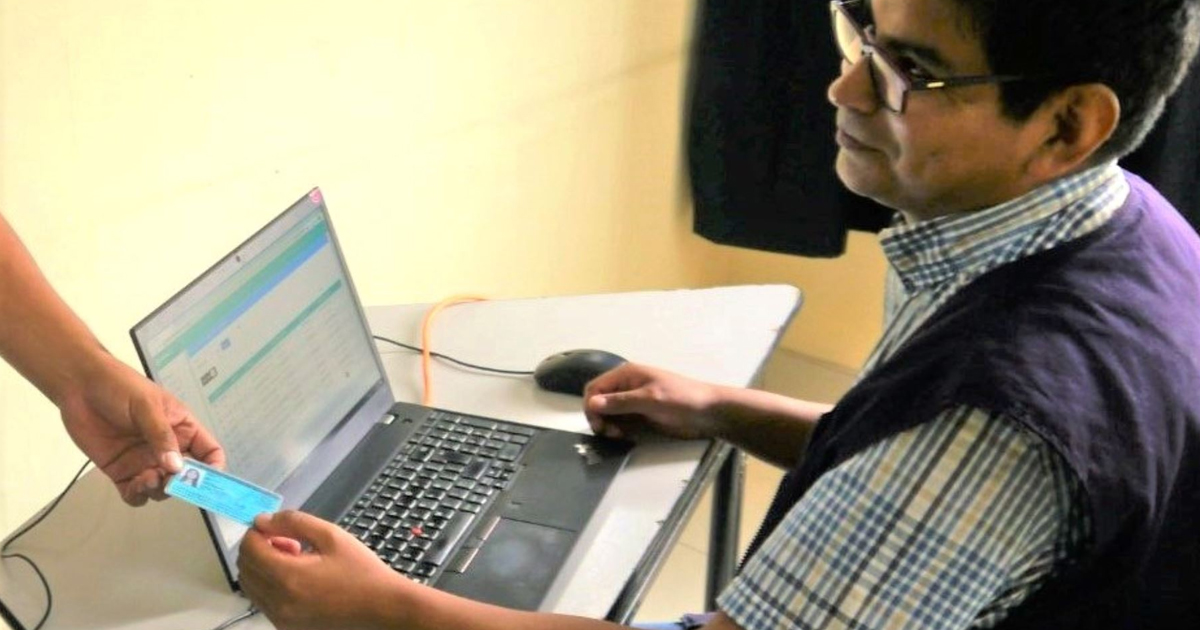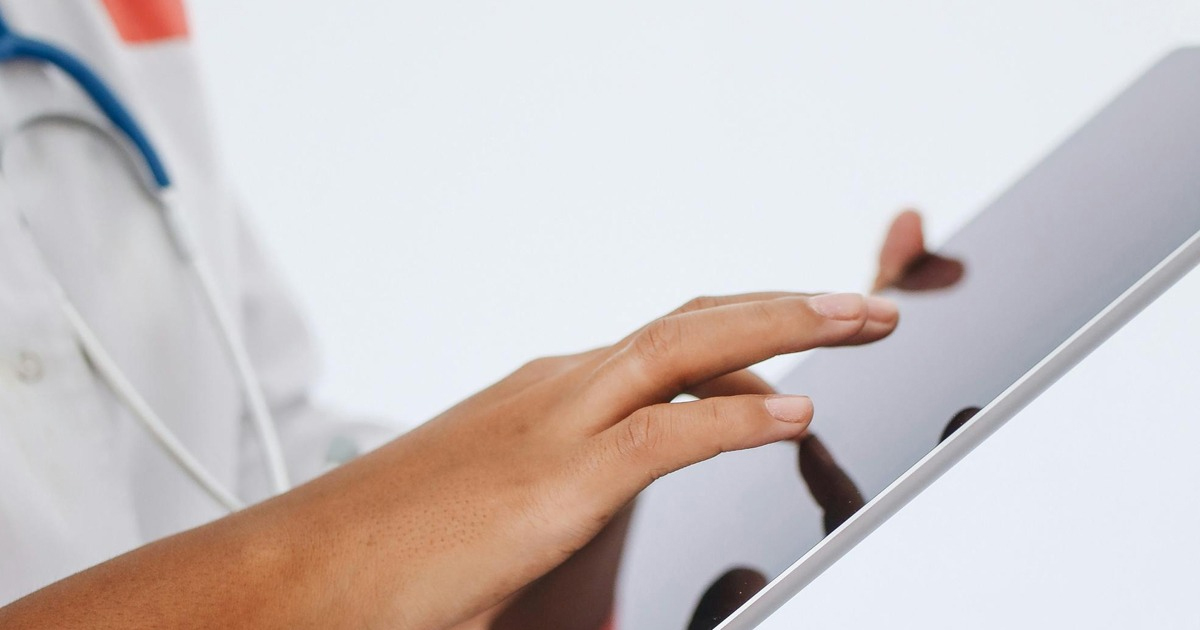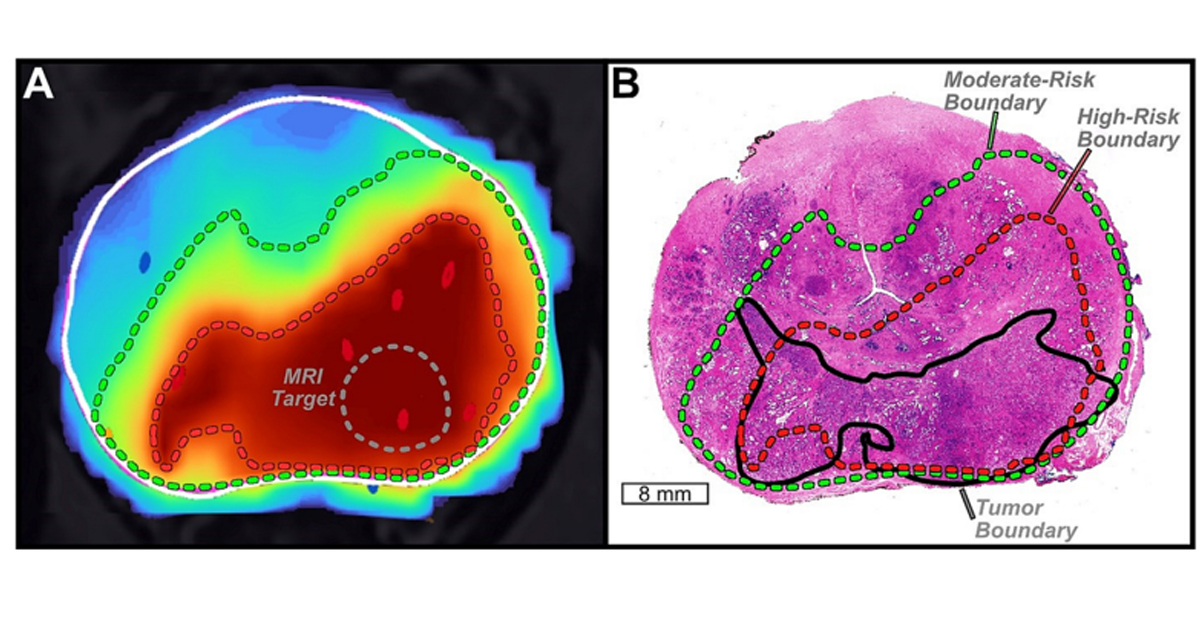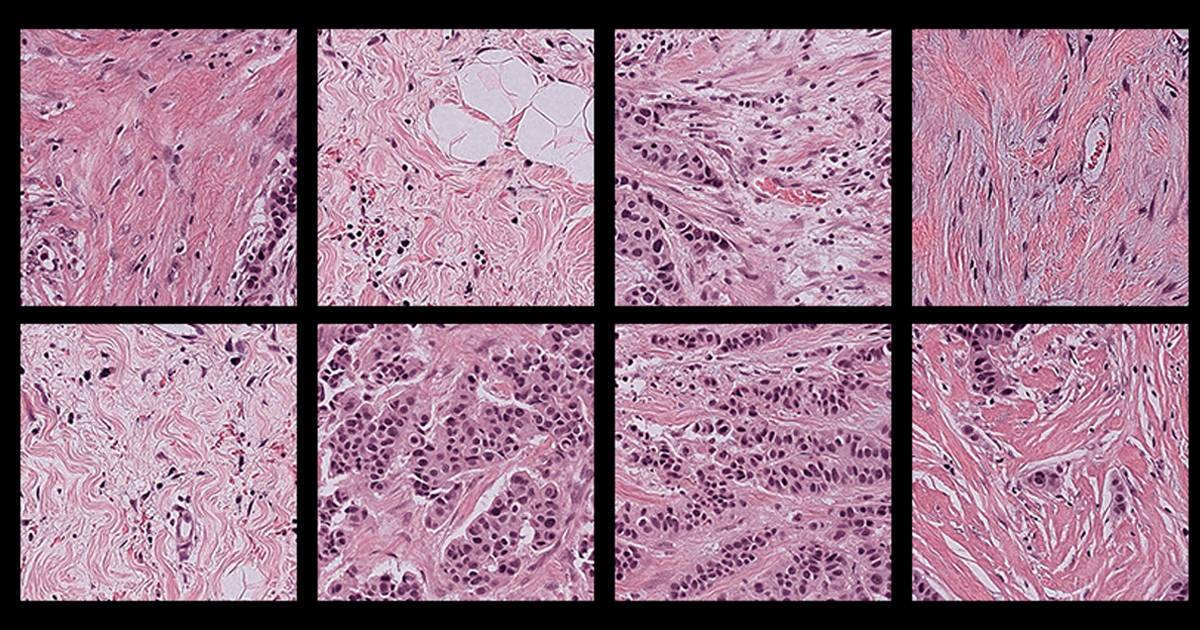México tiene avances académicos relacionados con salud digital, la cual se espera que sea un revulsivo en los sistemas públicos con el fin de brindar servicios de alta calidad que cubran los estímulos necesarios para elevar los estándares de vida en el país.
The National Autonomous University of Mexico (UNAM) continues to be a hotbed of innovations aimed at benefiting the population.
La estudiante de maestría y doctorado en Ciencias Médicas Odontológicas y de la Salud, Claudia Ivonne Rodríguez Castañeda, tendrá la oportunidad de presentar su proyecto a especialistas de distintas partes del mundo en una estancia de investigación internacional -realizado en Uruguay- para compartir puntos de vista, conocimientos y mejoras tecnológicas para la salud, en este caso, dental.
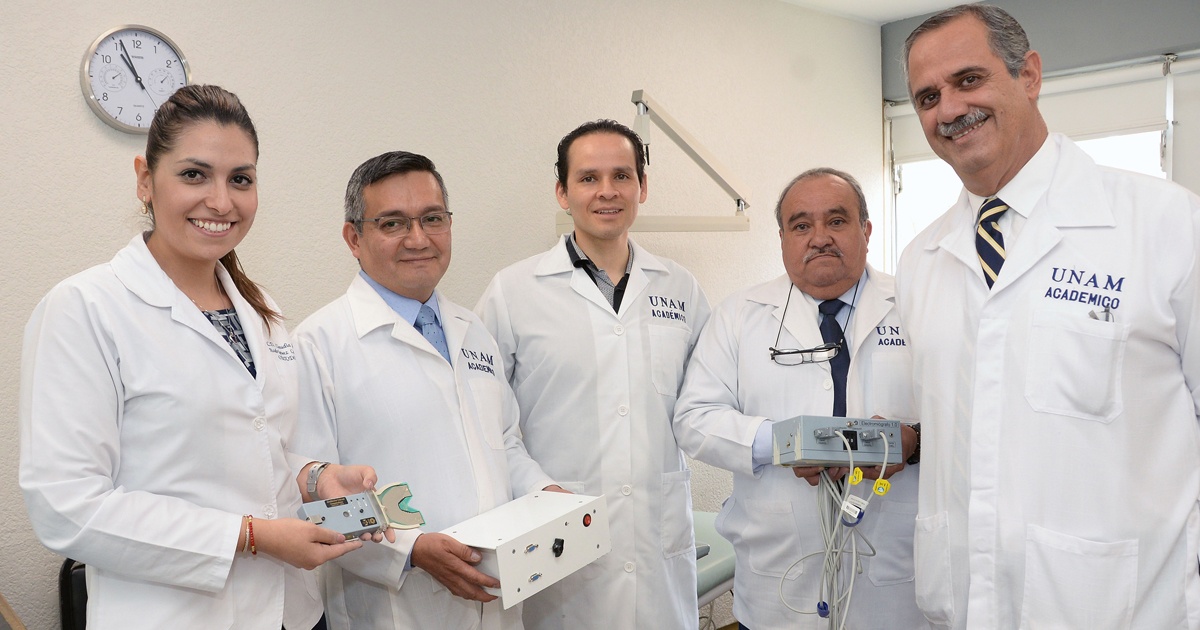
Claudia Ivonne trabaja junto a la Facultad de Estudios Superiores (FES) con las siguientes tres plataformas digitales labradas para evitar los dolores de la mandíbula y los músculos que trabajan al cerrarla y abrirla:
- El electromiógrafo digital: funciona mediante sensores que se colocan de forma externa para determinar la actividad muscular tanto en reposo como en función.
- Un sistema de análisis oclusal: que se coloca en la boca del paciente y permite al odontólogo saber la fuerza de la mordida ejercida en los dientes.
- El reflexímetro digital: tiene la capacidad de evaluar cómo funciona la masticación al medir el tiempo de respuesta del sistema nervioso central ante algún estímulo.
“La gente se acostumbra a vivir con una mandíbula que les truena, se atora y les duele, así que deja de prestarle atención y no se atiende”, puntualizó la académica.
Entre el 40 y el 65% de la población mundial sufre complicaciones odontológicas y, en el 6% de los casos, llega a convertirse en problema crónico.


